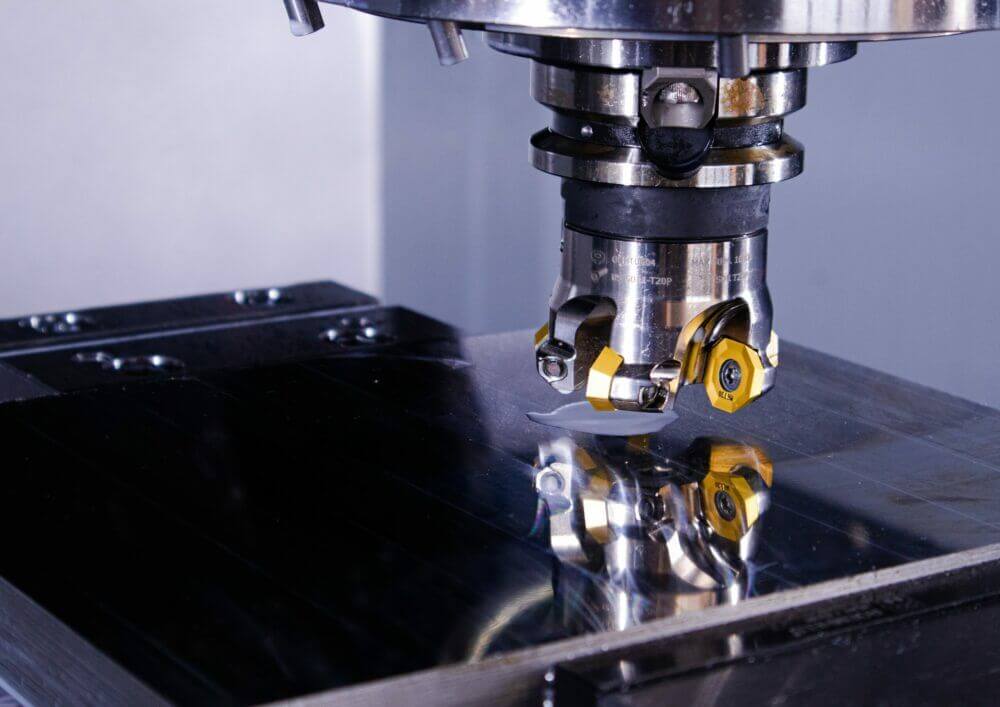Today, the environmental impact of electronics is a pressing concern for many industries, especially for exporters and importers who deal with large volumes of electronic goods. In this article, we will delve into the various facets of how electronics affect the environment and what can be done to mitigate these effects.

The Growing Concern
The explosion in the production and consumption of electronics has brought tremendous convenience and innovation. However, it has also led to significant environmental challenges. With more devices being manufactured, the environmental impact of electronics has become more pronounced than ever.
Resource Extraction and Its Impact
The production of electronics starts with the extraction of raw materials. This includes precious metals like gold, silver, and palladium, whose mining can cause environmental degradation. The extraction process often leads to deforestation, water pollution, and loss of biodiversity.
– Resource Depletion
The increasing demand for electronics contributes to the rapid depletion of natural resources. Rare earth elements, which are crucial for manufacturing various electronic components, are becoming scarcer and more challenging to extract sustainably.
Manufacturing Pollution
Once the raw materials are extracted, they undergo manufacturing processes that often rely on hazardous chemicals. These processes can release toxic substances into the air and water, posing significant environmental and health risks. According to an article on Prototyping Techniques, innovations in sustainable prototypes are showing promise in reducing manufacturing pollution.
– Energy Consumption
The manufacturing of electronics is energy-intensive. Fossil fuels often power factories, which in turn contribute to greenhouse gas emissions and climate change.
E-Waste Management
As consumers frequently upgrade their devices, electronic waste (e-waste) has become a significant issue. Improper disposal can lead to toxic chemicals leaching into the soil and water.
– Recycling Challenges
While recycling electronics can recover valuable materials, it poses logistical challenges. Informal recycling practices, particularly in developing countries, often involve unsafe methods that harm workers and the environment.
Technological Solutions
Despite these challenges, technology also holds the key to reducing the environmental impact of electronics. Companies are developing greener manufacturing processes and materials.
– Eco-friendly Designs
Electronics manufacturers are increasingly focusing on eco-design, creating products that use fewer harmful materials, consume less energy, and are easier to recycle. This approach not only reduces the environmental footprint but also appeals to conscious consumers.
Regulations and Policies
Governments worldwide are implementing stricter regulations to control the production, use, and disposal of electronics. Policies that encourage recycling, impose emissions limits, and promote sustainable sourcing are becoming more common.
– Industry Standards
Organizations and governments are collaborating to establish industry standards that promote sustainability across the electronics supply chain. These standards are gradually transforming how electronics are made and used.
Consumer Role
Consumers also have a role to play in reducing the environmental impact of electronics. By making informed purchasing choices, supporting sustainable brands, and responsibly recycling e-waste, consumers can contribute significantly to the long-term environmental sustainability.
In Conclusion
The environmental impact of electronics is a complex issue that requires cooperation between manufacturers, consumers, and policymakers. By embracing sustainable practices and innovations, we can work toward a greener future and minimize our ecological footprint.

FAQs
Q1: What is e-waste?
A1: E-waste refers to discarded electronic devices that are no longer in use, such as old computers, smartphones, and appliances.
Q2: How can consumers reduce their environmental impact?
A2: Consumers can reduce their environmental impact by purchasing energy-efficient electronics, recycling e-waste properly, and supporting companies with sustainable practices.
Q3: Why is recycling electronics challenging?
A3: Recycling electronics is challenging due to the complex mix of materials they contain, informal recycling practices in developing countries, and the need for specialized recycling facilities.


